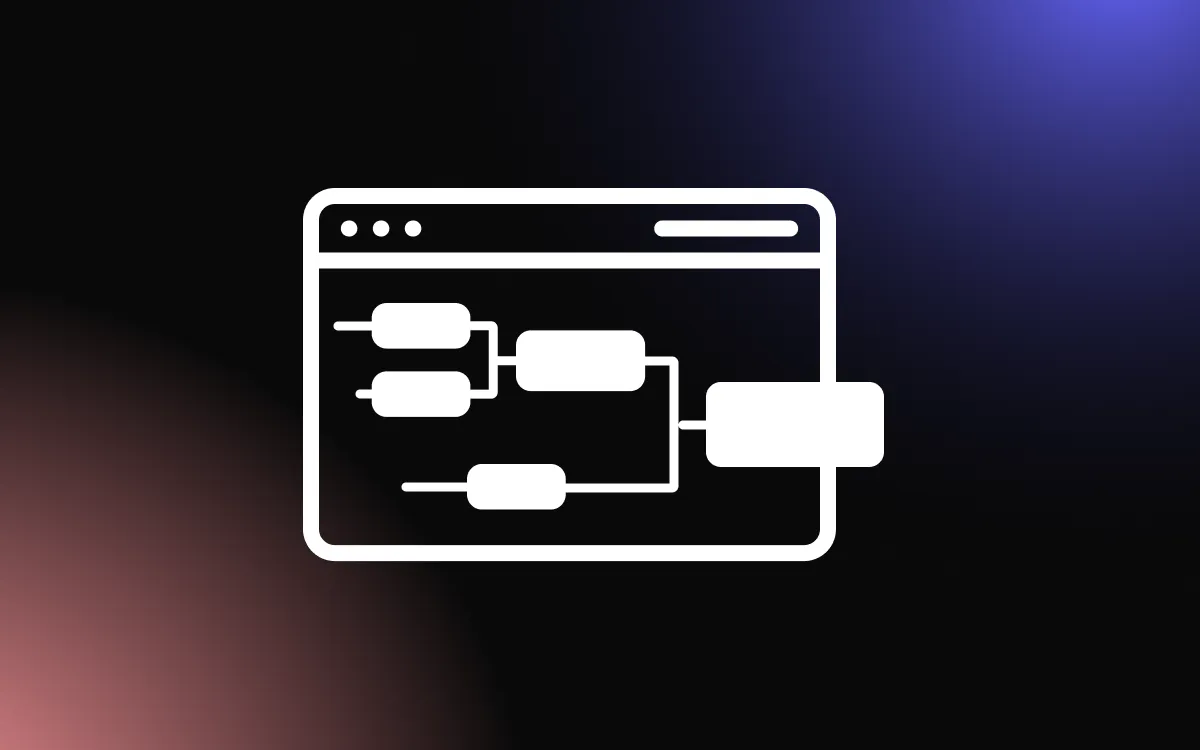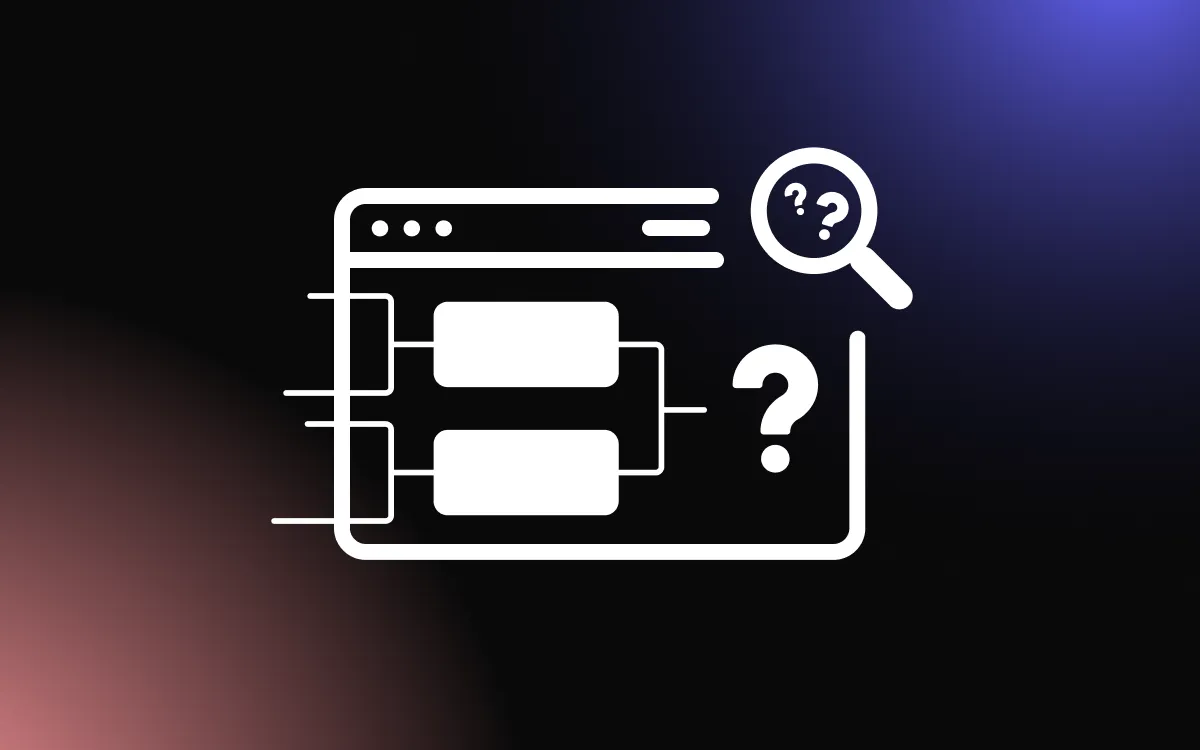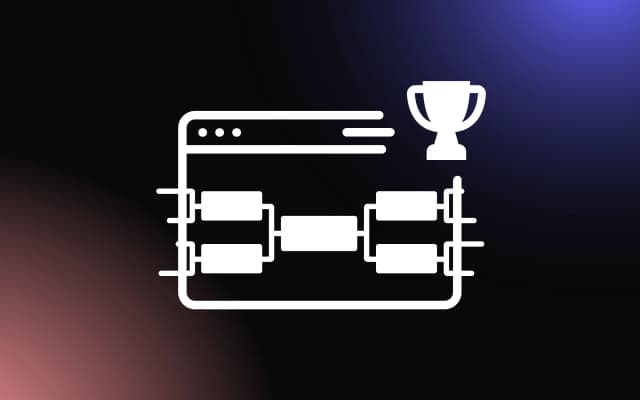
In the world of tournament brackets, tiebreakers are an essential aspect to consider for ensuring a fair and decisive outcome. Whether it's a sports tournament, an esports competition, or any bracket-based event, the possibility of a tie is always present.
Handling tiebreakers effectively is crucial for maintaining the integrity and flow of the tournament. This article will guide you through various methods and best practices for handling tiebreakers in your brackets, ensuring that every competition reaches a clear and satisfactory conclusion.
Understanding the Importance of Tiebreakers in Tournament Brackets
The Role of Tiebreakers in Maintaining Fairness and Order
Tiebreakers play a crucial role in tournament brackets, ensuring fairness and maintaining order in competitive events. In any tournament, the possibility of two or more participants finishing with identical records is a common scenario.
Tiebreakers provide a clear and predefined method to resolve such situations, ensuring that the progression through the tournament is fair and transparent. They uphold the integrity of the competition by providing objective criteria to differentiate between closely matched competitors.
This could be based on factors like point differential, head-to-head results, or even goals scored. By having established tiebreaker rules, tournaments can avoid confusion and disputes, ensuring a smooth and orderly progression of the event.
Impact of Tiebreakers on Tournament Dynamics
The presence of tiebreakers can significantly influence the dynamics of a tournament. Participants are often aware of the tiebreaker criteria and may adjust their strategies accordingly. For instance, in a scenario where goal difference is a key tiebreaker, teams might play more offensively to increase their goal tally.
This strategic adjustment adds an extra layer of excitement and unpredictability to the tournament. Tiebreakers also keep teams motivated throughout the tournament, as every game and goal can be crucial in determining their fate in the event of a tie.
The anticipation and speculation about potential tiebreaker scenarios add to the overall drama and engagement for both participants and spectators, making the tournament a more thrilling and dynamic experience.
Common Methods for Resolving Ties in Brackets
Head-to-Head Comparisons
One of the most straightforward and commonly used methods for resolving ties in tournament brackets is the head-to-head comparison. This method involves looking at the outcomes of matches between the tied teams or participants during the tournament.
The team that won the most in these direct encounters typically gets the higher seed or advances in the bracket. Head-to-head is favored for its simplicity and direct reflection of competition between the tied parties. It's particularly effective in round-robin formats or leagues where each team plays against each other.
However, its applicability can be limited in scenarios where the tied teams have not faced each other, or if there's a three-way tie where each team has won and lost one game amongst themselves.
Point Differential or Scoring Systems
Point differential or scoring systems are another common method for resolving ties, particularly in sports and games where scoring is numerical. This method involves calculating the difference between points scored and points conceded by each team or participant throughout the tournament.
A larger point differential generally indicates a stronger performance, thus giving the team with the higher differential the advantage in a tie situation. This method is useful as it takes into account the overall performance of the teams across all their matches, not just the outcomes. It encourages teams to not only focus on winning but winning by significant margins. However, critics of this method argue that it can encourage overly aggressive play and can be unfair in situations where teams have faced opponents of varying strengths.
Both methods have their merits and are chosen based on the nature of the tournament, the sport, and the level of competition. The key is to have these tiebreaker rules clearly defined and communicated before the tournament begins to ensure fairness and transparency.
Implementing Tiebreaker Rules: Best Practices
Establishing Clear and Consistent Rules
The foundation of implementing effective tiebreaker rules in tournament brackets lies in establishing clear and consistent criteria. These rules should be defined well in advance of the tournament and be as objective as possible to avoid any ambiguity or confusion.
It's important to consider the specific nature of the sport or game when devising these rules. For instance, in team sports, common tiebreakers might include factors like goal differential or points scored, while in individual sports, it could be based on sets won or head-to-head performance.
Consistency is key; the same set of tiebreaker rules should be applied uniformly across all similar situations within the tournament. This consistency ensures fairness and maintains the integrity of the competition. Additionally, the rules should be designed to cover as many potential scenarios as possible, including complex situations like multi-way ties, to avoid ad-hoc decision-making.
Communicating Tiebreaker Criteria to Participants
Effective communication of tiebreaker criteria to all participants is crucial. This can be achieved by including the tiebreaker rules in the tournament's official rulebook or guidelines and ensuring that all participants have access to this information before the competition begins. It's also beneficial to review the tiebreaker rules in pre-tournament meetings or briefings.
In addition to initial communications, reminders about the tiebreaker criteria during the tournament can be helpful, especially as the competition progresses towards stages where ties are more likely to occur. For digital or online tournaments, posting the tiebreaker rules on the tournament website or platform, and sending them via email or digital notifications, can ensure that all participants are aware and understand how ties will be resolved.
Case Studies: Effective Tiebreaker Scenarios
Examples from Notable Tournaments
Examining effective tiebreaker scenarios in notable tournaments provides valuable insights into best practices and strategies. One prominent example is the FIFA World Cup, where a combination of methods is used, including points in group stages, goal differential, and goals scored.
In the 1994 World Cup, Saudi Arabia advanced over Morocco based on more goals scored, after both teams were level on points and goal differential, demonstrating the effectiveness of having multiple layers of tiebreakers.
Another example is the National Basketball Association (NBA), where tiebreakers for playoff seeding include head-to-head results, followed by division winner criteria, and then conference records. This multi-tiered approach ensures a comprehensive assessment of teams' performances across the season.
Lessons Learned and Strategies Employed
These case studies highlight several key lessons and strategies. Firstly, the importance of having a clear hierarchy of tiebreakers is evident. This structured approach ensures fairness and transparency, allowing teams and fans to understand exactly how standings are determined.
Another lesson is the value of tailoring tiebreakers to the specific nature of the sport. For instance, in football (soccer), where scoring is less frequent, goal differential is a fair measure of performance. In contrast, basketball, with its higher scoring, benefits from considering head-to-head results and conference records.
These examples also show the need for flexibility and adaptation. As sports evolve, so too might the effectiveness of certain tiebreakers, requiring organizations to periodically review and adjust their criteria to maintain fairness and competitiveness in their tournaments.
The Role of Technology in Managing Tiebreakers
Automated Systems for Tie Resolution
The integration of technology in sports and tournaments has revolutionized the way tiebreakers are managed. Automated systems for tie resolution play a critical role in ensuring fairness and efficiency. These systems can instantly process complex data like point differentials, head-to-head records, and other relevant statistics to determine standings without human error or bias.
For instance, in eSports and online gaming tournaments, where results and player statistics are tracked in real-time, automated systems can swiftly resolve ties based on predefined criteria, ensuring the smooth progression of the tournament.
In sports leagues and tournaments, technology-based solutions can handle the intricacies of tiebreaker rules, which might vary significantly from one competition to another. This automation not only speeds up the process but also enhances transparency, as participants and spectators can immediately understand how ties were resolved based on the system’s unbiased application of the rules.
The Best Tool for Bracket Creation and Management

The best tool for bracket creation and management is undoubtedly the Bracket Maker by Common Ninja. This platform excels in providing a comprehensive solution for both creating and managing brackets for various types of tournaments and competitions. It's designed to cater to a wide range of needs, making it suitable for everything from sports leagues to gaming tournaments and educational contests.
One of the key strengths of the Bracket Maker is its user-friendly interface, which allows for easy creation and customization of brackets. Whether you need single elimination, double elimination, or custom formats, this tool offers the flexibility to accommodate different tournament structures. Additionally, it enhances user engagement by incorporating interactive elements like voting and predictions, making tournaments more dynamic and engaging for participants and audiences alike.
The platform also offers robust customization options, including multiple layouts and skins, and the ability to add custom CSS, ensuring that each bracket not only functions seamlessly but also aligns with the aesthetic of the event or brand. With its responsive design, the brackets created are accessible and look great on all devices, providing a seamless experience for all users. For anyone in need of a reliable, efficient, and versatile tool for bracket creation and management, the Bracket Maker by Common Ninja is the top choice.
Controversies and Challenges in Tiebreaker Decisions
Navigating Disputes and Controversies
Tiebreaker decisions, while designed to impart fairness, can sometimes lead to disputes and controversies, especially in high-stakes tournaments. One common challenge arises when the tiebreaking criteria are perceived as unfair or biased towards certain participants. For example, in team sports, a tiebreaker based solely on goal differential might disadvantage teams that focus on defensive strategies. Similarly, in individual sports, controversies can occur if the tiebreakers seem to favor certain styles of play or competitors.
Another source of dispute is the misapplication or misunderstanding of tiebreaker rules. This can happen due to complex rulesets or human error in interpreting the standings. Such situations can lead to confusion and dissatisfaction among participants and fans, potentially undermining the integrity of the tournament.
Ensuring Transparency and Fairness
To mitigate these challenges, ensuring transparency in the tiebreaker process is crucial. This involves clearly communicating the tiebreaker rules to all participants and stakeholders well before the tournament begins. Any changes to the rules should be made public and explained thoroughly to avoid confusion.
In addition, it's important to regularly review and update tiebreaker criteria to ensure they remain fair and relevant. This could involve seeking feedback from participants, coaches, and sports analysts to understand the impact of current rules and make adjustments accordingly.
In cases where disputes arise, having a clear and fair process for addressing grievances is essential. This might include a review panel or an appeals process where decisions can be reassessed and justified.
Ultimately, while it's challenging to completely avoid controversies in tiebreaker decisions, proactive communication, transparency, and a willingness to adapt and address concerns can significantly reduce disputes and enhance the fairness and integrity of the tournament.
Adapting Tiebreaker Rules for Different Types of Tournaments
Customizing Rules for Sports, Gaming, and Other Competitions
Tiebreaker rules need to be carefully adapted to suit the specific nature of different types of tournaments, whether in sports, gaming, or other competitive events. In sports tournaments, common tiebreakers include factors like goal differential, points scored, or head-to-head results. These criteria are chosen based on the nature of the sport and what best reflects a team's or individual's performance over the course of the tournament.
In contrast, gaming tournaments, especially in eSports, might rely on different sets of criteria. These could include win-loss records in matches, points accumulated in a league format, or even time taken to achieve certain objectives in time-based games. The choice of tiebreakers in gaming often depends on the game's mechanics and what constitutes skillful play.
Considering the Unique Aspects of Each Tournament Type
When adapting tiebreaker rules, it's crucial to consider the unique aspects of each tournament type. For instance, in a round-robin sports tournament, goal differential might be a fair measure since each team plays against all others. However, in a knockout format, this wouldn't be applicable, and alternative methods like extra time or penalty shootouts might be used.
In gaming tournaments, the format (single elimination, double elimination, round-robin, etc.) and the game's nature (strategy, fighting, racing, etc.) heavily influence the choice of tiebreakers. For example, in a strategy game, the number of objectives achieved might be a tiebreaker, while in a racing game, the fastest lap times could be used.
Additionally, the tournament's scale and audience must be considered. In professional-level tournaments, more complex and statistically driven tiebreakers might be acceptable, while in amateur or community tournaments, simpler and more straightforward criteria might be preferred for the sake of clarity and ease of understanding.
Adapting tiebreaker rules for different types of tournaments involves a careful balance between fairness, the nature of the competition, and the expectations of participants and spectators. Customizing these rules to fit the specific context ensures that the competition remains exciting, fair, and true to the spirit of the game or sport.
Preparing for Unexpected Tie Situations
Scenario Planning and Preparedness
In tournament management, preparing for unexpected tie situations is crucial to ensure a smooth and fair resolution. This involves comprehensive scenario planning, where organizers anticipate various potential tie situations and develop clear protocols for each.
For example, in a sports tournament, organizers might plan for scenarios where multiple teams end the group stage with identical records. In eSports or gaming tournaments, considerations might include how to handle ties in point-based systems or time-based challenges.
Effective scenario planning requires a deep understanding of the game or sport's dynamics and a thorough review of past tournaments to identify common and uncommon tie situations. This preparation also involves consulting with referees, game officials, and even team managers to gain insights and ensure that the planned tiebreaker rules are practical and fair.
Flexibility and Adaptability in Bracket Management
While having predefined rules is essential, flexibility and adaptability are also key in managing unexpected tie situations. This means being prepared to make quick decisions when unique or unforeseen circumstances arise. For instance, a sudden change in tournament conditions, like a weather disruption in an outdoor sport, might require on-the-spot adjustments to the tiebreaking procedure.
Bracket management software can be a valuable tool in these situations, offering the ability to quickly recalculate standings and update brackets based on the implemented tiebreaker rules. However, the human element remains crucial; tournament officials must be ready to interpret the rules and make judgements in cases where automation falls short.
In essence, preparing for unexpected tie situations in tournaments involves a combination of thorough scenario planning, having flexible and adaptable management practices, and leveraging technology to assist in quick and fair resolutions. This preparation ensures that all participants and stakeholders have confidence in the tournament's integrity, regardless of the challenges that may arise.
Conclusion
Effectively managing tiebreakers is crucial in maintaining the fairness and excitement of bracket tournaments. As we've explored, there are several methods to handle ties, each with its own set of considerations and implications.
The key is to choose a tiebreaker method that aligns with the nature of the tournament, the expectations of the participants, and the overall spirit of the competition. Clear communication of tiebreaker rules from the outset is also essential to ensure transparency and understanding among all participants.
By implementing these strategies, you can ensure that your tournament runs smoothly and that every victory is decisive and well-deserved.




